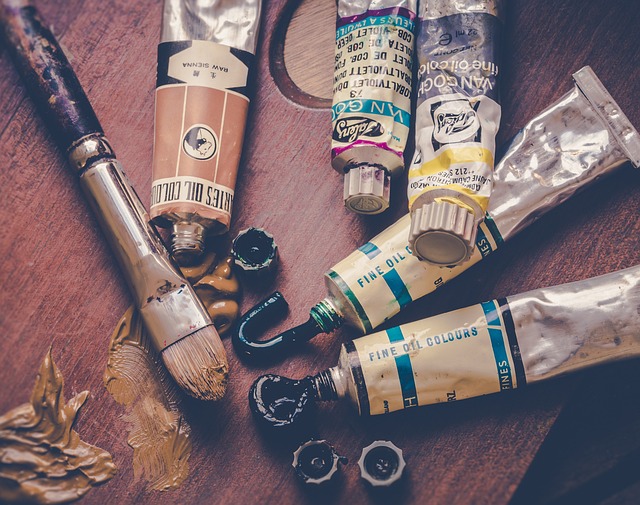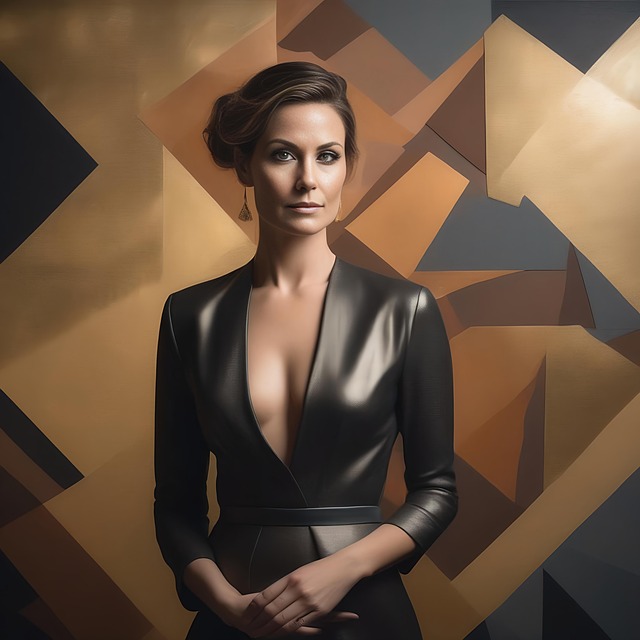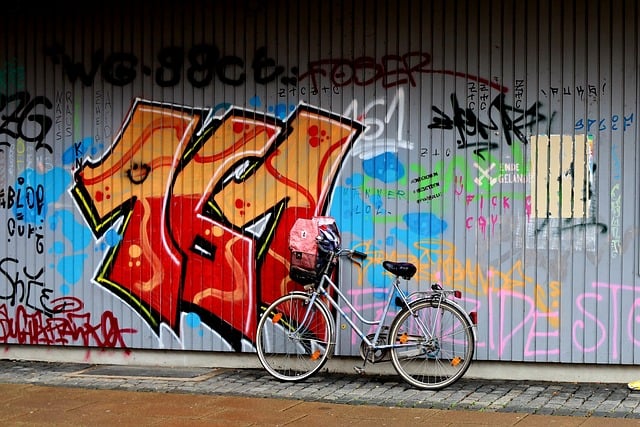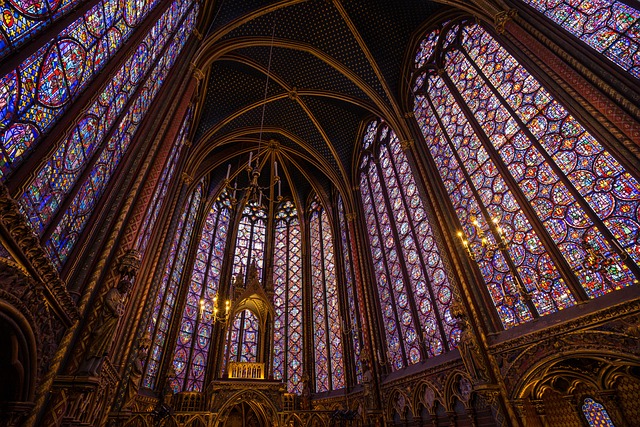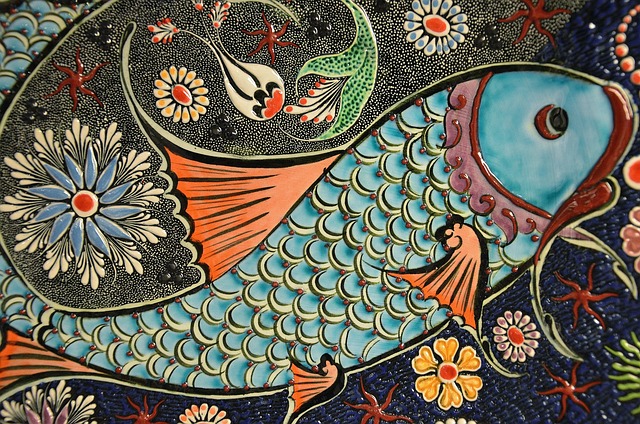# AI Art: Exploring New Dimensions in Digital Expression and Visual Storytelling
The intersection of artificial intelligence and art has sparked a revolution in the creative landscape, leading to the emergence of AI art as a distinct genre. This innovative form of expression harnesses algorithms and machine learning to generate visual content, challenging traditional notions of authorship and creativity. As artists and technologists collaborate, AI art is not merely a tool but a partner in the creative process, pushing the boundaries of what is possible in digital expression and visual storytelling.
## The Evolution of AI in Art
Historically, the relationship between technology and art has been symbiotic. The advent of photography, film, and digital media transformed artistic practices, enabling new forms of expression. Recently, the rise of artificial intelligence has catalyzed a new chapter in this ongoing narrative. AI technologies such as Generative Adversarial Networks (GANs) and neural style transfer have become pivotal in creating artworks that were once unimaginable.
Generative Adversarial Networks, for instance, consist of two neural networks—the generator and the discriminator—that work in tandem to produce images. The generator creates images based on a dataset, while the discriminator evaluates their authenticity. Through this iterative process, AI can create original artworks that mimic various styles or even develop entirely new aesthetics. This technological advancement has led to a democratization of art production, allowing individuals without formal training to engage in creative processes and produce compelling visual narratives.
Moreover, the integration of AI into art has prompted discussions about the nature of creativity itself. Questions surrounding authorship and originality have arisen, as AI-generated works challenge the traditional artist’s role. As a result, the art community is grappling with the implications of these technologies, leading to a broader discourse on creativity in the digital age.
## AI Art as a Collaborative Medium
Collaboration between human artists and AI systems is redefining the creative process. Artists are increasingly using AI as a co-creator, leveraging its capabilities to explore new ideas and expand their artistic horizons. This partnership allows for the fusion of human intuition and machine learning, resulting in unique artworks that blend the best of both worlds.
One notable example is the work of artists like Refik Anadol, who uses AI to create immersive installations that respond to data inputs in real time. By utilizing machine learning algorithms to analyze vast datasets, Anadol transforms data into stunning visual representations, inviting viewers to engage with the artwork on a deeper level. This approach not only enhances the aesthetic experience but also encourages contemplation of the underlying data and its implications.
Furthermore, AI tools are enabling artists to experiment with styles and techniques that would typically require years of practice to master. Programs like DeepArt and Artbreeder allow users to manipulate images and create new compositions by blending different artistic styles. This accessibility fosters a more inclusive artistic community, where individuals from diverse backgrounds can contribute to the evolving narrative of AI art.
In addition to visual art, AI is making significant strides in storytelling. By analyzing narrative structures and character development, AI can assist writers in crafting compelling stories. For instance, tools like OpenAI’s GPT-3 can generate text that complements visual art, creating a cohesive narrative experience. This synergy between visual and textual elements opens up new avenues for storytelling, allowing creators to explore complex themes and emotions in innovative ways.
## The Future of AI Art and Its Implications
As AI technology continues to evolve, its impact on the art world will likely deepen. The potential for AI to analyze and synthesize vast amounts of information can lead to the creation of artworks that reflect contemporary societal issues, cultural narratives, and personal experiences. Artists may increasingly rely on AI to not only generate visual content but also to provoke thought and inspire dialogue around pressing topics.
Ethical considerations surrounding AI art are also paramount. As the technology becomes more sophisticated, concerns about copyright, ownership, and the potential for misuse arise. The question of whether AI-generated art can be considered original or if it merely remixes existing works is a topic of ongoing debate. Legal frameworks will need to adapt to address these challenges and ensure that artists are protected while fostering innovation.
Moreover, the democratization of art through AI raises questions about the value of traditional artistic skills. While AI can create visually stunning works, the emotional depth and human experience that traditional artists bring to their craft remain irreplaceable. The future of AI art may lie in finding a balance between technological innovation and the irreplaceable essence of human creativity.
In conclusion, AI art represents a transformative force in digital expression and visual storytelling. By merging technology with creativity, artists are exploring new dimensions of artistic practice that challenge conventional boundaries. As this field continues to evolve, it will undoubtedly shape the future of art, prompting discussions about creativity, authorship, and the role of technology in our lives. Engaging with AI art not only enriches the artistic landscape but also invites us to reflect on the broader implications of our increasingly digital world.







